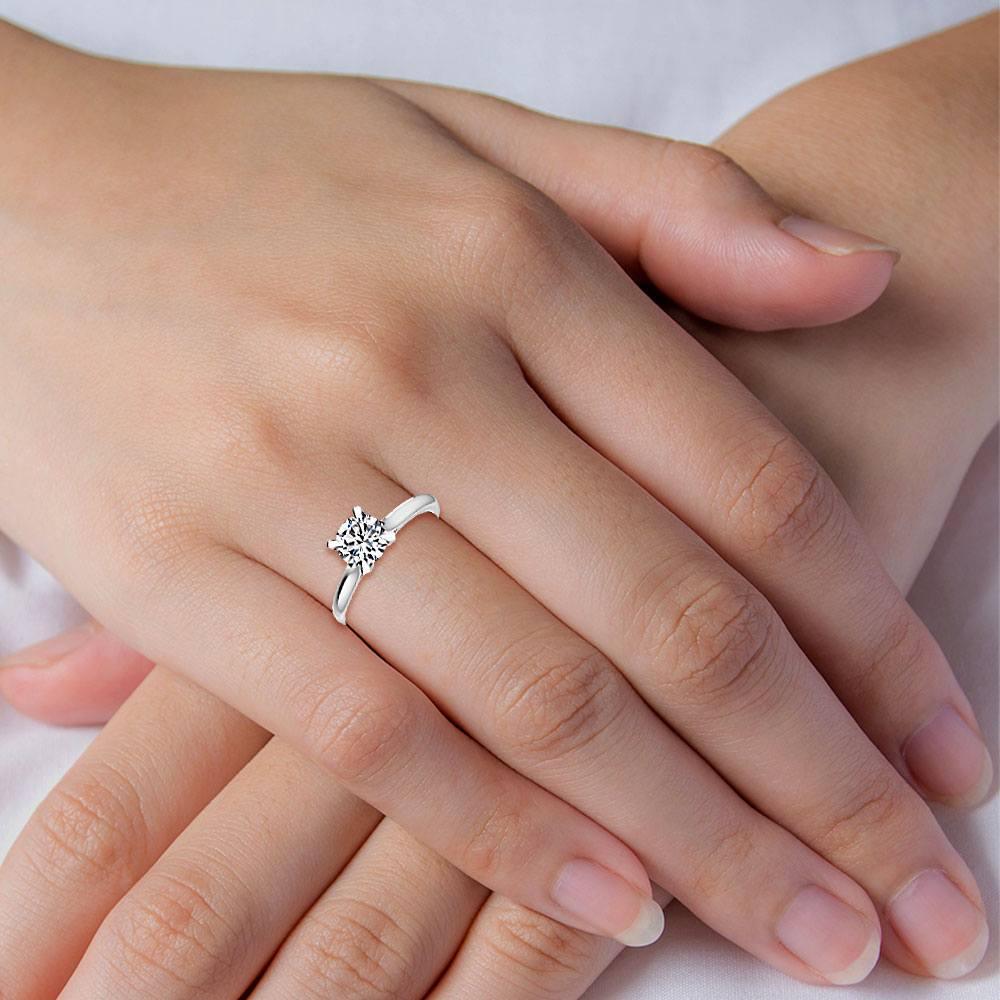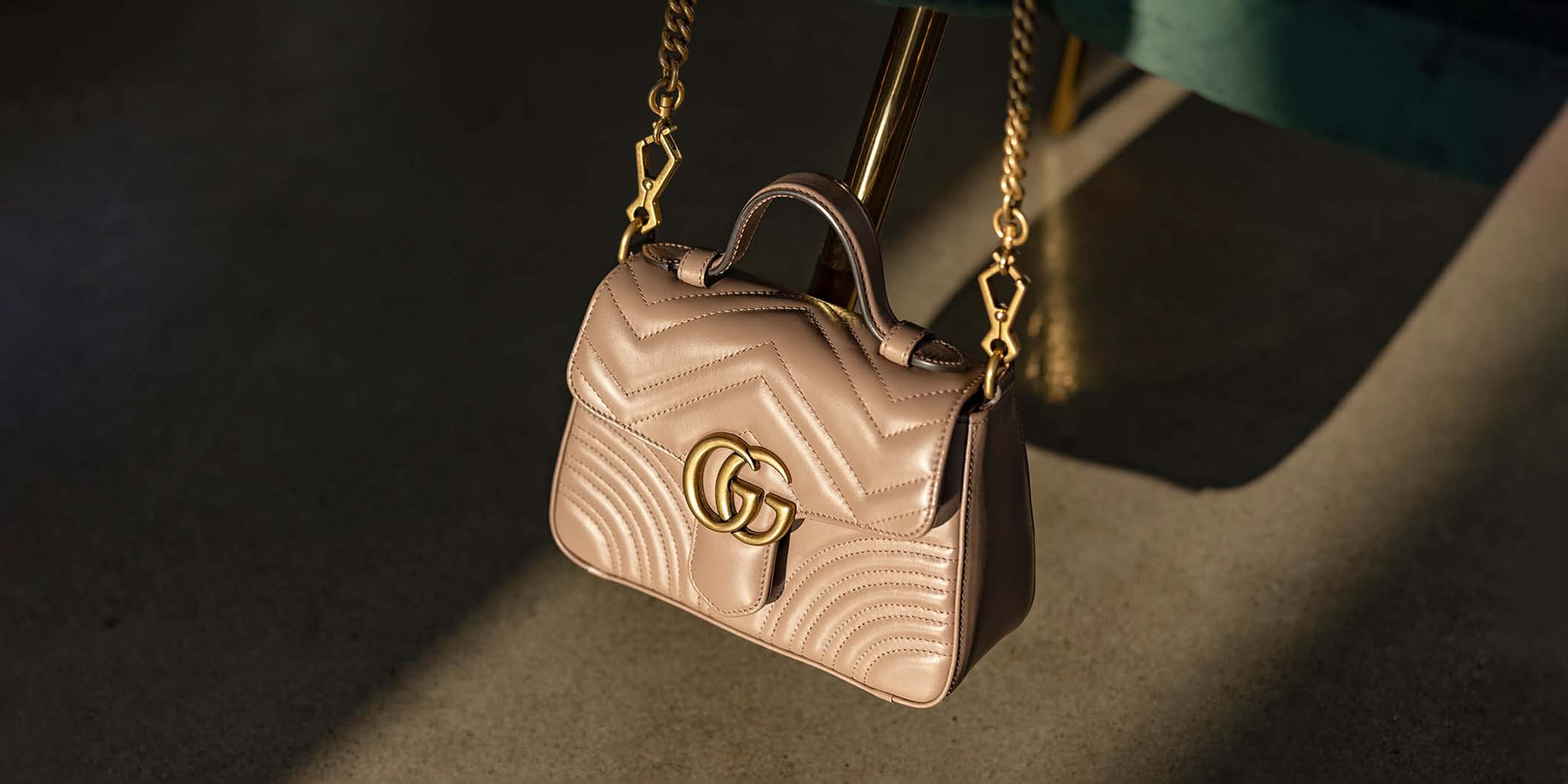In the realm of fine jewelry, claws for lab grown diamond rings have emerged as a contemporary marvel, offering not only ethical sourcing but also exquisite beauty and durability. As these sustainably created gems continue to gain popularity, the design elements that accompany them play a crucial role in enhancing their allure. One such design feature that stands out is the use of claws, or prongs, which hold the diamond securely in place while adding a touch of elegance and functionality to the ring.
The Role of Clawslab created diamonds
Claws, typically made from platinum, gold, or another precious metal, serve both a practical and aesthetic purpose in jewelry design. Their primary function is to secure the diamond firmly within the setting, ensuring it stays in place despite daily wear and tear. This practicality extends to lab-grown diamonds just as it does with mined diamonds, providing reassurance that the gemstone is safely nestled and protected.
Beyond their utilitarian function, claws contribute significantly to the overall aesthetic appeal of a ring. The number and style of claws can vary greatly, influencing the ring’s appearance from delicate and understated to bold and modern. For lab-grown diamonds, which often appeal to those with an eye for sustainability and innovation, the choice of claw design can make a profound statement about personal style and values.
Design Variations
Designers and jewelers offer a range of claw styles to cater to different tastes and preferences. Classic solitaire rings often feature four or six prongs, which elegantly cradle the diamond and allow maximum light to enter, enhancing its brilliance. This timeless design is equally stunning with lab-grown diamonds, showcasing their fire and brilliance in a way that complements their eco-friendly origins.
For those seeking a more contemporary look, bezel or tension settings provide innovative alternatives to traditional claws. A bezel setting encircles the diamond with a sleek metal rim, offering both security and a modern aesthetic. Tension settings, on the other hand, use the pressure of the metal band to hold the diamond in place, creating a minimalist yet striking effect that highlights the gemstone’s natural beauty.
Choosing the Right Claw Design
When selecting a claw design for a lab-grown diamond ring, several factors come into play. Consider the size and shape of the diamond, as well as your personal style preferences. Smaller lab created diamonds may benefit from fewer claws to maintain a delicate appearance, while larger stones often require more prongs for added security.
Furthermore, the metal choice for the claws can influence the ring’s overall look. Platinum offers a bright, durable setting that complements the brilliance of lab-grown diamonds, while yellow or rose gold adds warmth and contrast. Each metal has its unique characteristics, allowing you to customize your ring to reflect your individual taste and lifestyle.
Conclusion
Claws play a vital role in enhancing the beauty and durability of lab-grown diamond rings, marrying practicality with aesthetic appeal in a way that suits modern sensibilities. Whether you prefer a classic solitaire setting or a contemporary tension design, the versatility of claw styles ensures there is a perfect match for every diamond and every wearer.




